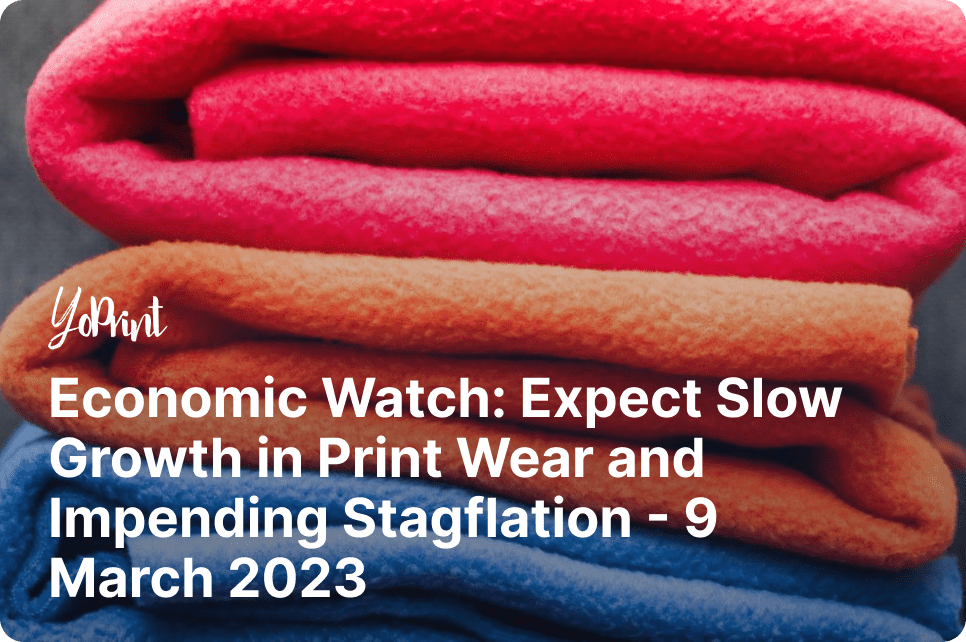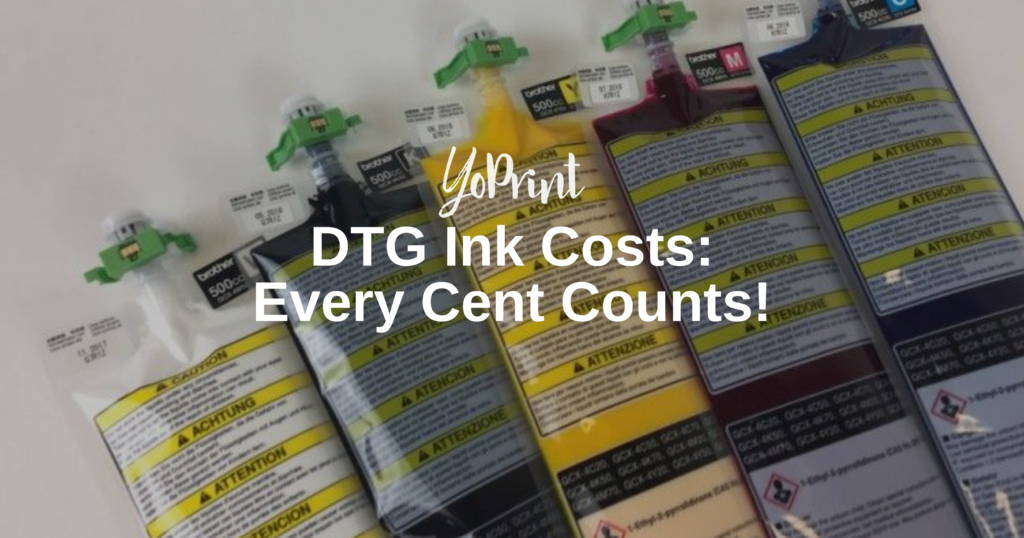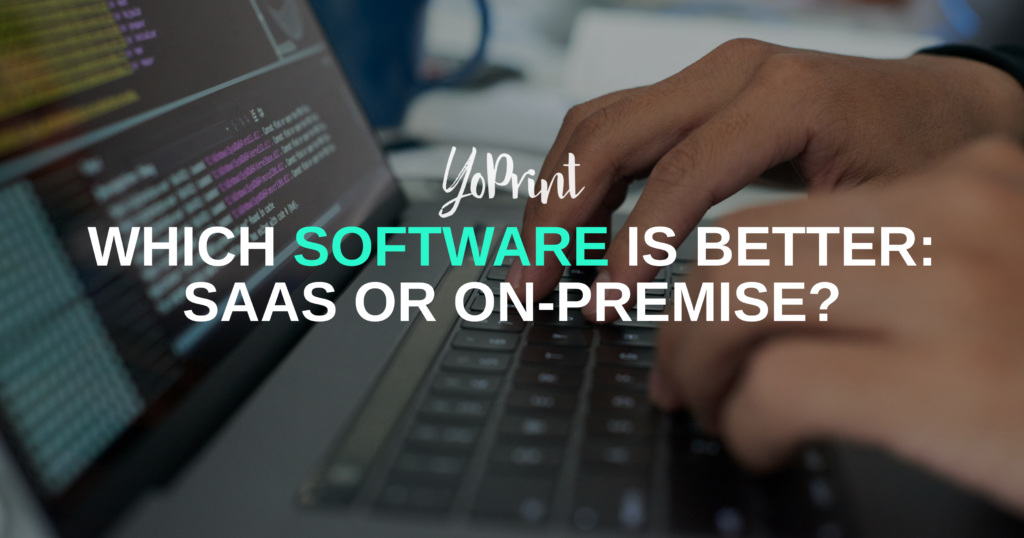- The economy is still looking strong, though consumer spending is slowly declining
- Stagflation is likely as growth begins to slow and prices continue to rise
- Print shops need to capitalize on current trends in events and fleece, and to start saving up for the future
From our previous economic watch post, the US economy still looks pretty good. While that’s welcome news, we anticipate that growth will start slowing down in time, hinting that stagflation may be upon us. Where inflation is a rise in prices, stagflation is marked by economic stagnation (weaker growth) and rising inflation.
The State of the Print Wear Market
Glenn Chamandy, Gildan’s Chief Executive Officer, reported that the overall print wear market slowed down significantly in 2022, with negative sales in the fourth quarter of that year. However, it’s believed things might pick up in early 2023 as the outlook currently seems better than initially expected. Will it be a slow uptrend from this point forward? Time will tell.
Gildan’s Executive Vice President, Rhodri Harries, also reported that the demand for fleece is increasing, even though historically, its demand usually peaks in the leadup to the fall and winter seasons. If anything, demand for fleece products seems to be accelerating, possibly due to changing fashion choices. Meanwhile, the demand for activewear is down but should hopefully pick up in the summer once the inclement weather subsides.
You might consider looking into this data and using it to your advantage. Look at current trends for fleece-based products and offer goods and services to leverage the uptrend in fleece sales. Similarly, you can start planning what you can offer for activewear once demand increases in the summer.
Job Market is Still Robust
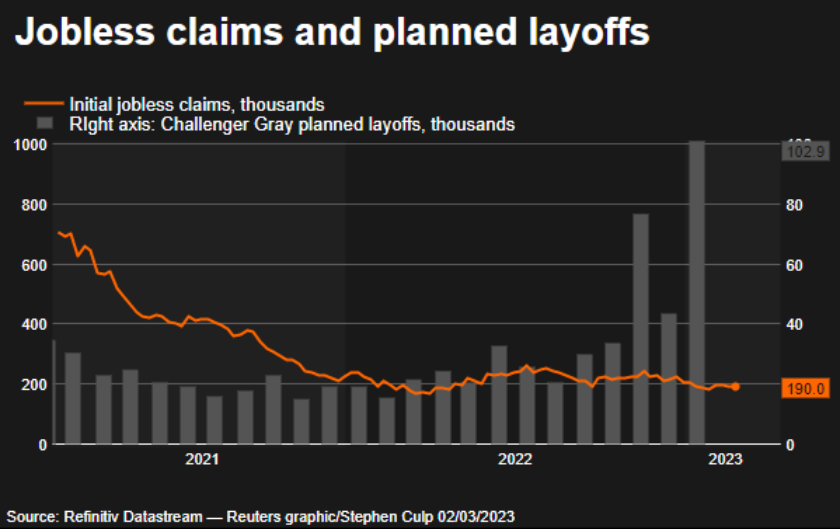
While the tech sector continues to downsize its workforce, unemployment remains low, as reported last month. Initial claims for state unemployment benefits went down 2,000 to (a seasonally adjusted) 190,000 in the week ending February 25th; 195,000 claims were initially predicted. Meanwhile, continuing claims fell 5,000 week-over-week.
Other sectors will still be hiring for the time being to make up for the loss of manpower during the pandemic. Per our previous advice, we’d suggest you follow suit and replenish your shop’s workforce, but be sure not to overhire. The job market remains in a good position for now.
Consumer Spending is Changing
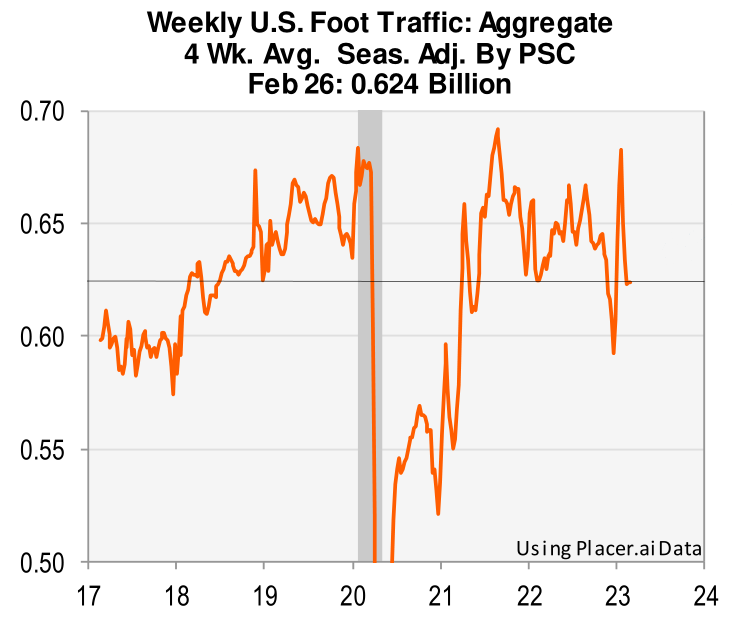
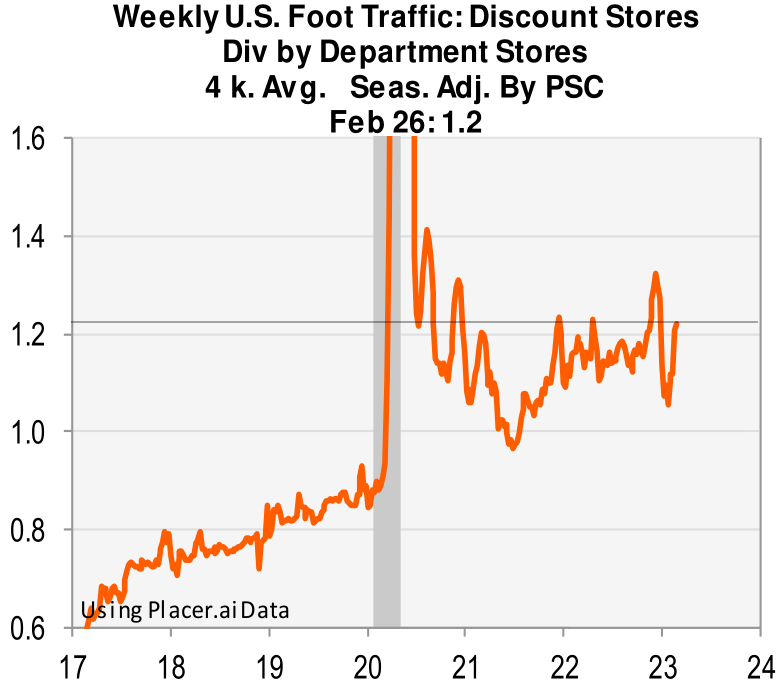
January saw strong sales figures and carried over into early February, but foot traffic fell sharply in February to 2018 levels. Based on credit card spending data, consumers have been going to discount stores more often than department stores (one-year percentage of -7.6 percent as of February 25 for department stores). They’ve also been spending less on clothing (one-year percentage change of -6 percent as of Feb 25) and furniture (one-year percentage change of -15 percent as of Feb 25) and more on travel (one-year percentage change of 16 percent as of Feb 25) and, according to Gildan’s analyses, attending various events like concerts and sporting events.
The spike in event attendance isn’t particularly surprising, given how everyone was cooped up at home during the pandemic. People are now spending less time at home and traveling more. Given that this isn’t structural, in that it’s a temporary boom, your print shop can (and should) leverage this opportunity and make a healthy profit from selling promotional items in tandem with these events.
On Looming Stagflation
Given the recent strong data, the Federal Reserve is still adamant about pushing inflation to its projected 2 percent target. Its Chairman Jerome Powell recently reaffirmed that “the ultimate level of interest rates is likely to be higher than previously anticipated.”
“If the totality of the data were to indicate that faster tightening is warranted, we would be prepared to increase the pace of rate hikes.”
Jerome Powell, Federal Reserve Chairman
While it does reinforce the Fed’s commitment to increase interest rates, it’s not going to be a case where they’ll hike it significantly enough that everything comes to a crash and a recession occurs. Instead, it’s more likely that the economy will grow at almost a snail’s pace as inflation remains sticky, thus leading to stagflation.
The Fed is also committed to ensuring that the 2 percent inflation rate is attainable without hurting the labor market, but “there will very likely be some softening in labor market conditions,” Powell said.

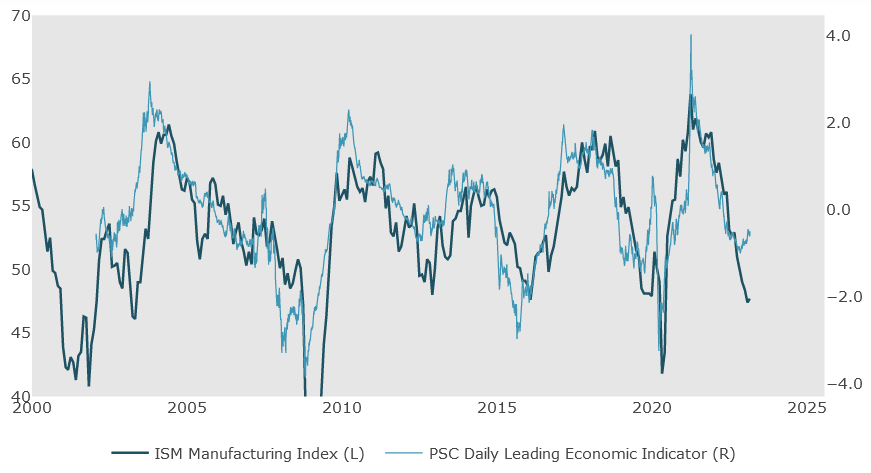
Other economic indicators are still looking good. The University of Michigan noted consumer confidence went up to 67 in February, up from January’s 64.9. Meanwhile, the services PMI reading was 55.1 in February, representing little change from January’s 55.2 reading. Finally, the manufacturing PMI saw a modest increase to 47.7, up from 47.4 in the previous month. Note that for PMI readings that are at least 50 indicate “growth or expansion of the U.S. manufacturing sector” compared to the previous month. Meanwhile, a PMI below 50 is a contraction.
Disinflation is still going slowly and, in Powell’s words, will “be bumpy” still. With how the current economic outlook is still positive, and people are still spending, it’s quite likely that stagflation will occur later this year. Stagflation is usually characterized by “slower economic growth, higher unemployment, and higher prices.” We’re currently seeing some of the warning signs: most notably higher prices and slowing growth.
The economy goes in cycles, and if we want to get back to the booming cycle we experienced from 2020 to 2021, we’ll need to slow down. We’ll be headed down a bust, a recession, if interest rates potentially rise even further and lead to decreasing consumer spending and rising unemployment. Once prices fall sufficiently, the boom cycle will start anew. How long that will take is a different question entirely.
Advice for Your Print Shop
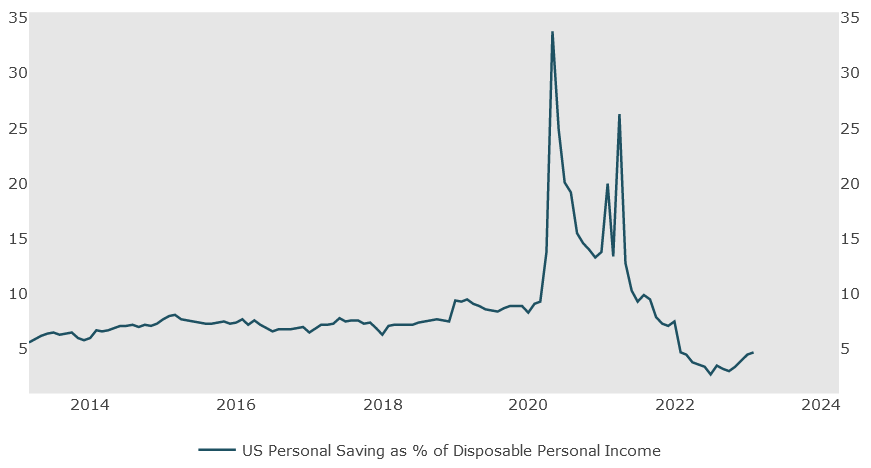
You can expect to see slower sales growth as consumers reprioritize where they should spend their money. Capitalizing on event-related/promotional products and capturing the fleece market are good ways to stay ahead of the curve and make a decent profit. We’ll continue making the case for exercising caution with planning your budget and postpone any plans you might have to expand your print shop, either with new equipment or a new location.
Prioritize shoring up your shop’s earnings for the rainy days ahead. As interest rates climb, loans and leases will become less attractive: you’ll pay a lot more for less, and you can run into trouble trying to recoup a return on investment. At the same time, consider cost-effective ways to promote your business to new customers or strengthen your partnerships with your larger, regular customers to maintain a positive cash flow through these uncertain times.
